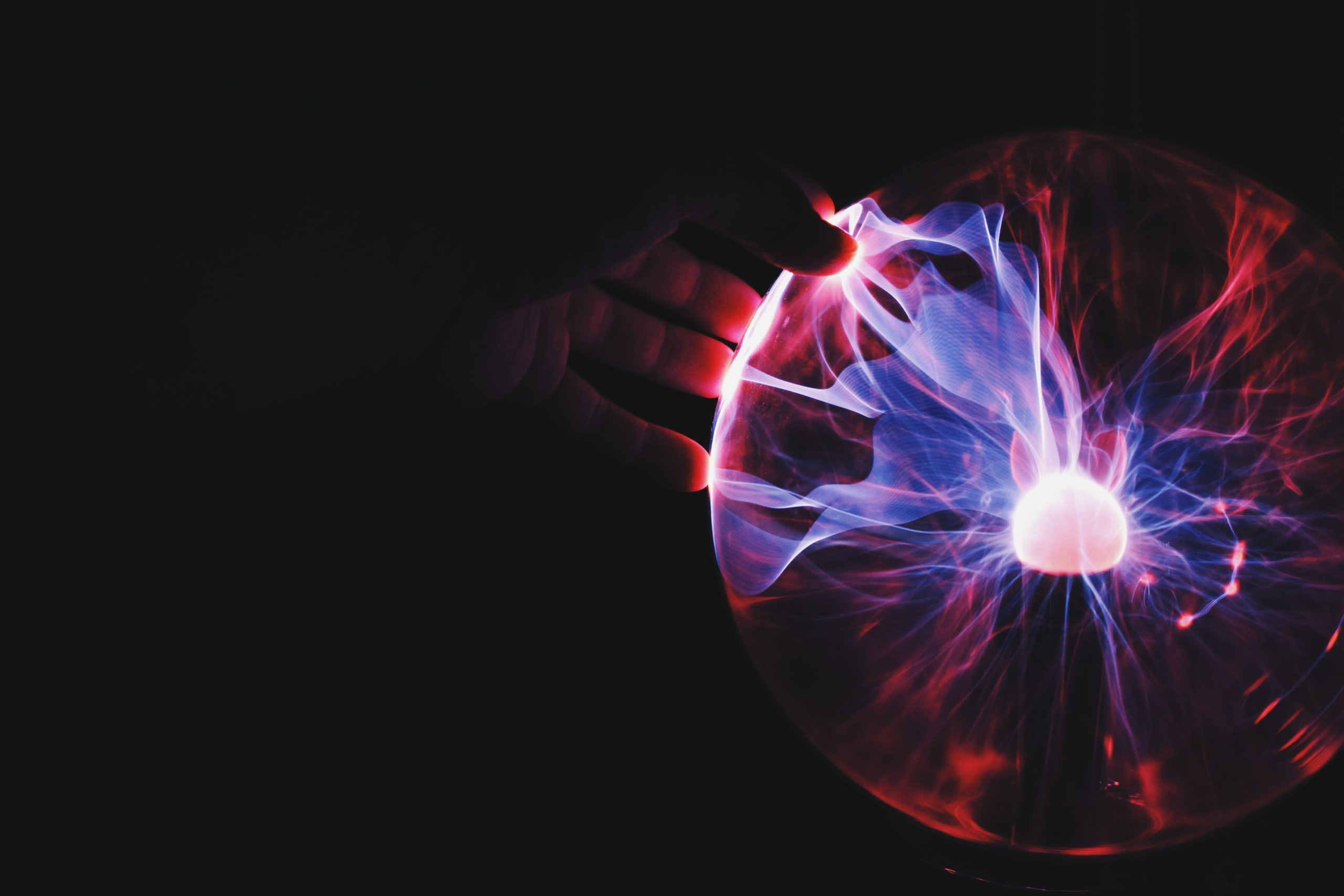The field of language translation is rapidly evolving, thanks to advances in artificial intelligence and machine learning. While human translators are still necessary for many contexts, machine translation has made significant strides in recent years, and the future of language translation looks increasingly automated.
One of the main challenges facing language translation is the sheer number of languages in the world. According to Ethnologue, there are over 7,000 languages spoken worldwide, and many of these languages are in danger of disappearing. Machine translation can help to preserve and promote these endangered languages by making them accessible to a wider audience.
Machine Evolution
The rise of machine translation has been made possible by the development of neural machine translation (NMT) algorithms, which use deep learning techniques to analyze and generate language. NMT has led to significant improvements in machine translation accuracy, making it possible to produce translations that are more natural-sounding and nuanced than earlier machine translation systems.
Advantages
One of the main advantages of machine translation is speed. While a human translator can take hours or even days to translate a document, a machine translator can produce a translation in seconds. This speed is especially useful in contexts where time is of the essence, such as news reporting, international diplomacy, and emergency response.
Another advantage of machine translation is consistency. While human translators can introduce variations in terminology, tone, and style, machine translation systems are designed to produce fairly consistent translations, which can be especially useful in technical fields such as medicine or engineering.
Limitations
However, there are also limitations to machine translation. One of the biggest challenges facing machine translation is the lack of context. Machine translation algorithms rely on statistical patterns in language to generate translations, and they may struggle with idiomatic expressions, cultural references, or technical jargon that is not commonly used in everyday language.
Another limitation of machine translation is the inability to capture nuances in meaning. While machine translation systems are getting better at recognizing and translating idiomatic expressions, they still struggle with the subtle nuances of language, such as humor, sarcasm, or irony.
Harmonious Human-Machine Blend?
The future of language translation is likely to be a hybrid of human and machine translation. While machine translation is getting better at producing accurate and natural-sounding translations, human translators are still necessary for contexts where accuracy and nuance are crucial, such as legal or literary translation.
In fact, some experts predict that the future of language translation will be collaborative, with human translators and machine translation systems working together to produce the best possible translations. This could involve human translators editing or post-editing machine translations, or machine translation systems providing suggestions or alternatives for human translators to consider.
Finally, the future of language translation is likely to be more personalized and customized. Machine translation systems are already able to learn from user feedback and adapt to individual preferences, but in the future, they may be able to generate translations that are tailored to the user’s specific needs and preferences.
Hard to Predict, But…
The future of language translation is likely to be increasingly automated, with machine translation systems playing a larger role in producing translations. However, human translators will still be necessary for contexts where accuracy and nuance are crucial, and the future of language translation may involve a collaborative approach, with human translators and machine translation systems working together to produce the best possible translations. Ultimately, the goal of language translation is to break down language barriers and promote understanding and communication across cultures, and the future of language translation is likely to make this goal more achievable than ever before.
Photo by Ramón Salinero on Unsplash

